ACTOR Irfan Shamji is known for portraying intense characters in plays such as Chasing Hares and Hamlet. However, he admitted that his latest role in The Cord took an emotional toll, and he felt its impact for days.
The Cord offers brutally honest insights into the challenging truths of family dynamics following the birth of a child. Shamji plays Ash, who deals with complex emotions after he and his wife welcome a baby, including his connection with the newborn and the troubled history with his own mother.
“I did a scene the other day and broke down afterwards,” Shamji told Eastern Eye. “I was afraid of going into this specific emotional place the scene required. I’d been doing it all kinds of different ways, probably just trying to avoid it. And, then, finally, when I went there, I just needed a break - because it affected me for two days afterwards. It does get under your skin - this stuff. You have to learn to separate things, which I’m trying to do.”
Shamji said it was tougher during rehearsals, as actors rehearse the scene multiple times. “It’s such a marathon getting the play ready for press night and it’s easy to forget what you’re doing it for. Sometimes, in rehearsals, I’ve been thinking ‘why am I putting myself through this? Why have I signed up to shout at my wife all day or cry about my mum - it is not fun’”, he said.
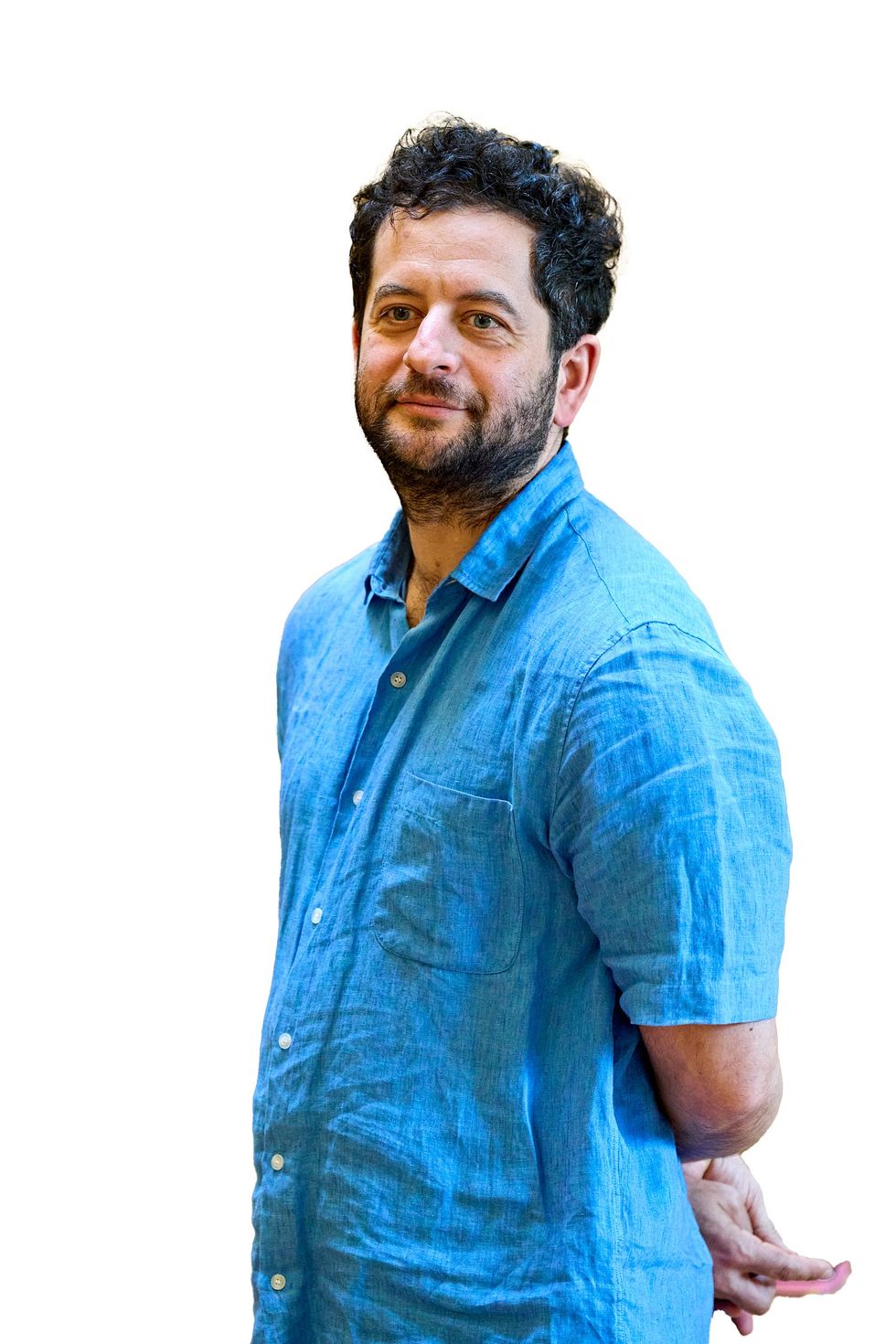
“But you realise it’s not going to be like this and then eventually you’ll be in a theatre and people will watch, people will connect, and they will in some ways be nourished and that makes it rewarding.”
In The Cord, Ash and his wife Anya are a happy couple before the baby is born. The play then examines how the sleepless nights, the relentless crying and hushed arguments take their toll on the family, and how a chasm widens between Ash and his son, his wife and his mother.
Shamji, 30, said he took on the role to show the struggles fathers go through after the birth of a child. “Ash and Anya are very much solid together, they love each other and they’re as prepared as they can be to welcome their first child. But Ash starts to crumble and suffer in ways that he didn’t quite expect,” said Shamji.
“We all know about the struggles that mothers face. We could know more about them, but it is well represented. The father’s struggles - less light is shone on that.
I talked to a lot of men, who when they were having their first kid, don’t remember being asked how they were by midwives and nurses. It’s important to reflect a little bit on what the father of a newborn child might be going through. This play shines a light on the first stage of parenthood.”
Ash feels alienated from the bond between his wife and newborn; Shamji explained it’s because the mother and child relationship is “so deep and so connected”.
While Ash’s happy that his wife and son are bonding, it brings back memories of his own childhood and thoughts of how he didn’t have the same experience with his mother.
He reflects on his mother suffering from post-partum psychosis and how that affected him as a child.
He struggles with feeling empathy for what she went through, but is also angry at her for not being able to overcome it.
“What I’ve learned playing Ash’s character is that a lot of his pain comes from thinking that he’s a burden on his mum. He caused her a great deal of pain.
At the same time, there’s anger, ‘other mothers could cope, why couldn’t you’? There are some things that are unaddressed and unresolved, which he doesn’t realise are going to really affect how he raises his child and how he feels about the baby,” he said.
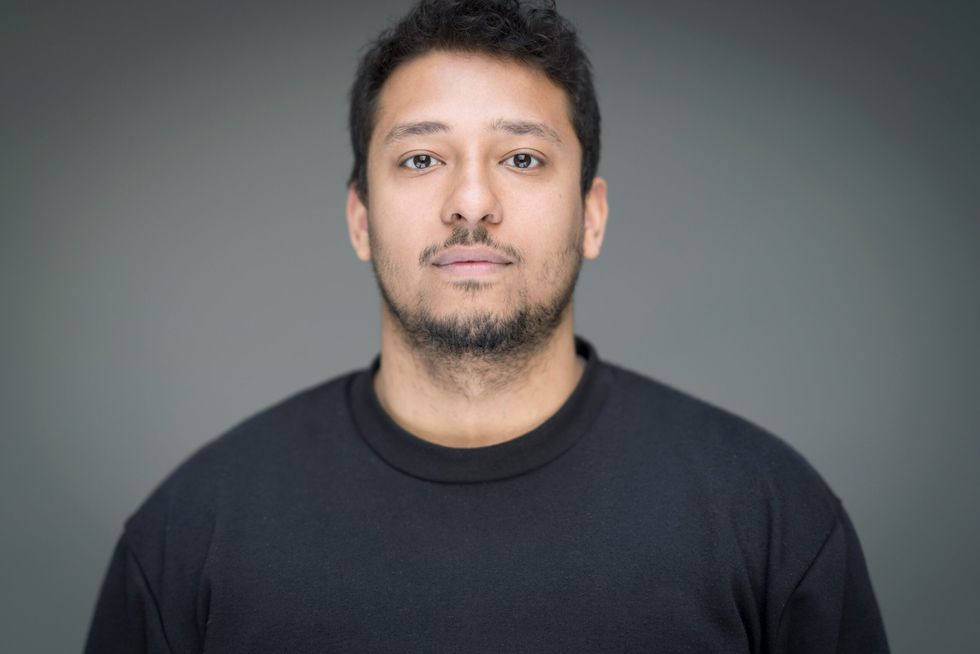
“He’s worried about when he introduces the newborn to his own mother, will it bring up dark, emotional, complicated feelings?
He talks about how his mum has always been on his mind, assessing how she feels, where she is, what her state of mind is.
“He is nervous about what the introduction of his own baby will do to his mum. It forces both of them to have this chat about how he was as a baby and how she was as a mother.
There is something unbalanced and really emotional that happens to him during the course of the play,” he said.
The Cord sees Shamji reunite with acclaimed Olivier winning director Bijan Sheibani, their fourth collaboration. The pair previously worked together on Dance Nation (Almeida Theatre), The Arrival (Bush Theatre) and Sons of the Prophets (Hampstead Theatre).
“Bijan is fantastic director, because he has a tremendous amount of patience and flexibility. He has strong ideas, but at the same time he’s very open. I always feel safe working with him. I’m very grateful he keeps bringing me back to do his plays, because he makes me a better actor. I don’t think I’d be half the actor I am without working with Bijan. When I graduated from drama school, I didn’t imagine I would have a relationship with the director that’s this close and this intimate, in some ways,” he said.
Having done 13 plays since graduating from Rada in 2017, Shamji said theatre work is “who I am”, but said he wants to do more TV and film work in future. He has a recurring role in the hit HBO series Industry and will be seen in the upcoming Disney+ series Shardlake, alongside Sean Bean.
Shamji also had film parts, including an appearance on the film Murder on the Orient Express, where he reunited with director and actor Kenneth Branagh, whom he worked with on an adaptation of Macbeth, with actor Tom Hiddleston.
On working with two Hollywood stalwarts, Shamji said: “It was so surreal. It came at a point where I was in my final year of drama school and I was hoping I could get an agent and I wasn’t quite finding one.
“And this blessing just opened up when I was told I was going to be in this play. It was the perfect start to my career, performing with these legends. It’s still all a bit of a blur to me. I wish when I did it that it wasn’t at the beginning, I wish I could do it again now. At the beginning, it’s just a whirlwind and you’re trying to take it in, but you’re a bit green. You’re a bit naive.”
“I’d been a student, so to be among professionals for the first time who are at the top of that game was really eye opening and really inspiring,” he added.
The Cord runs at the Bush Theatre from April 12- May 25
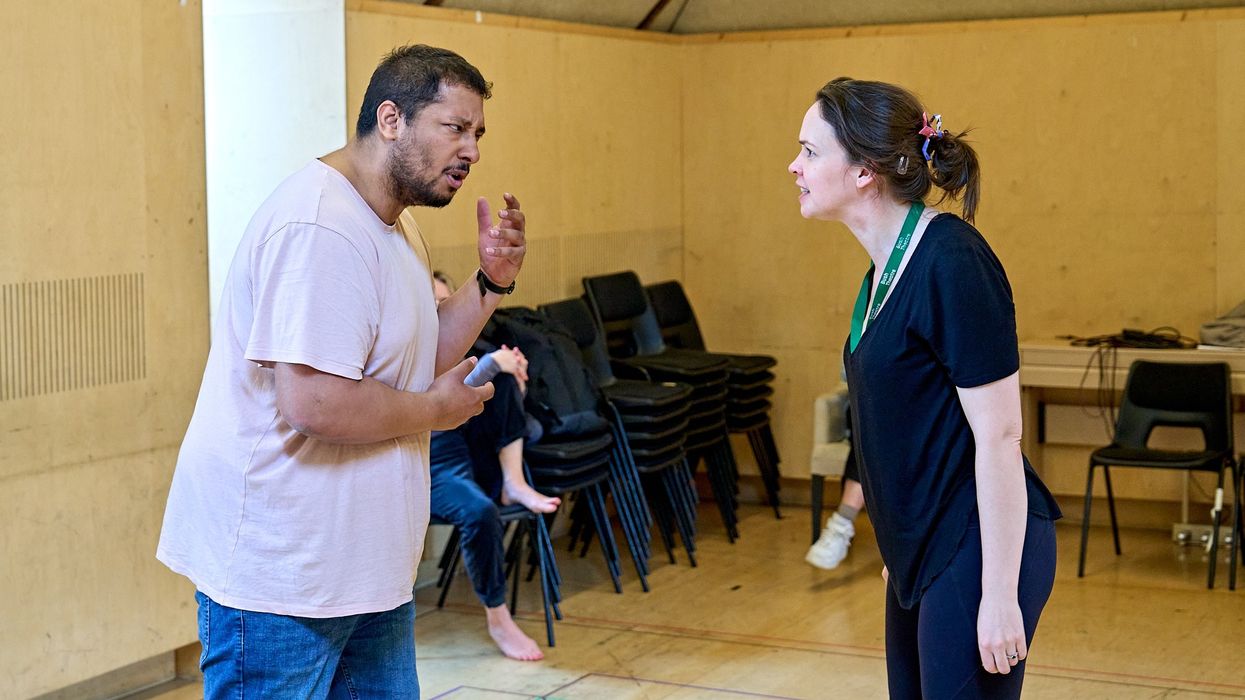




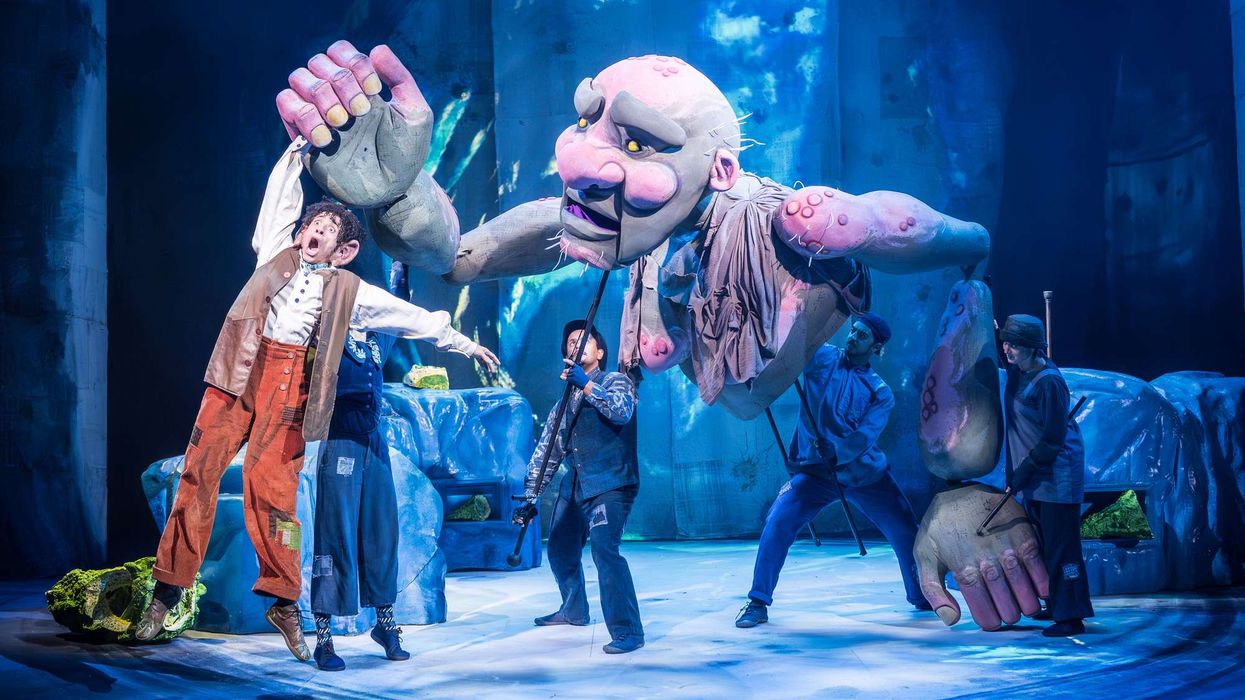
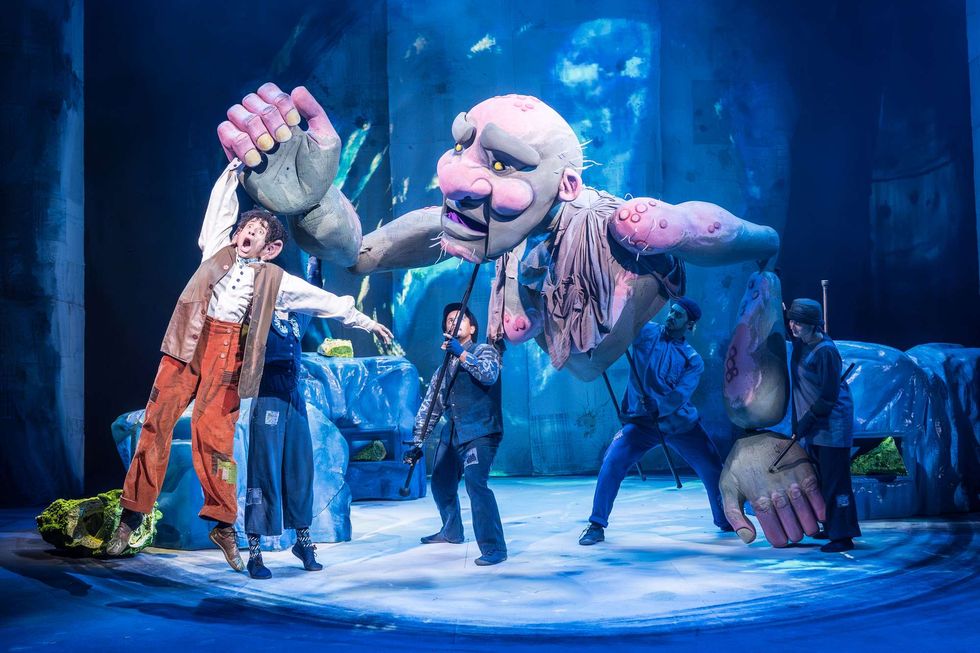 The BFG - production images Royal Shakespeare Company/(c) Marc Brenner
The BFG - production images Royal Shakespeare Company/(c) Marc Brenner 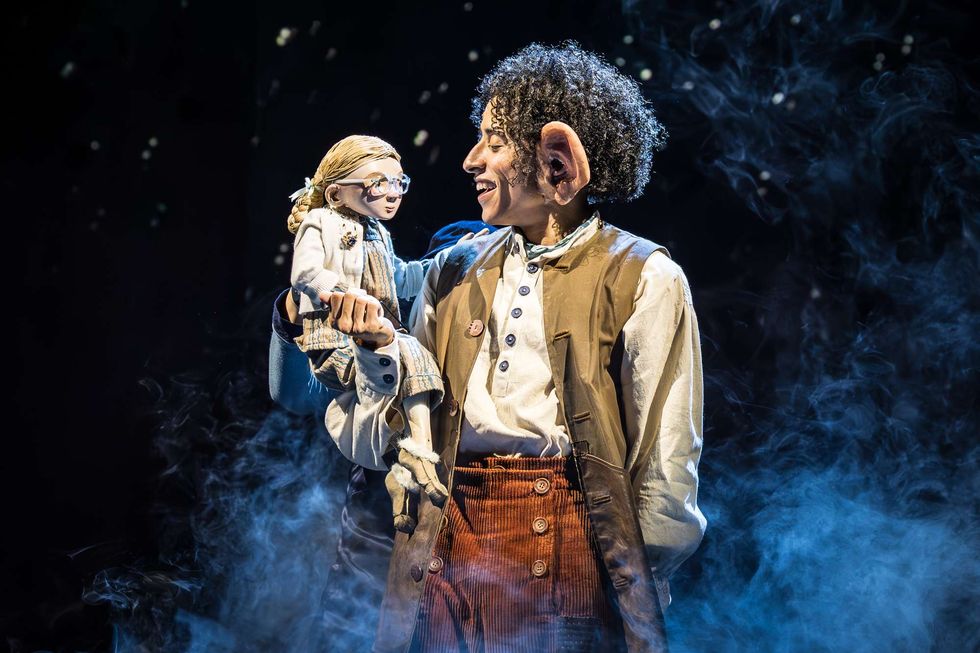 BFG production images, directed by Daniel Evans. Royal Shakespeare Theatre, taken in November 2025.Royal Shakespeare Company/(c) Marc Brenner
BFG production images, directed by Daniel Evans. Royal Shakespeare Theatre, taken in November 2025.Royal Shakespeare Company/(c) Marc Brenner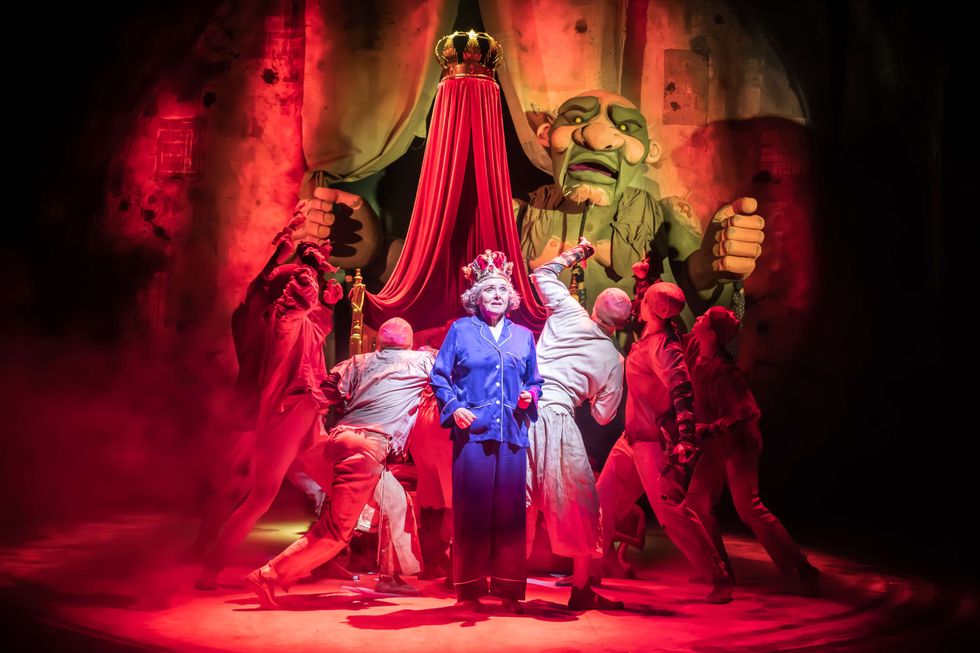 BFG production images, directed by Daniel Evans. Royal Shakespeare Theatre, taken in November 2025.Royal Shakespeare Company/(c) Marc Brenner
BFG production images, directed by Daniel Evans. Royal Shakespeare Theatre, taken in November 2025.Royal Shakespeare Company/(c) Marc Brenner





